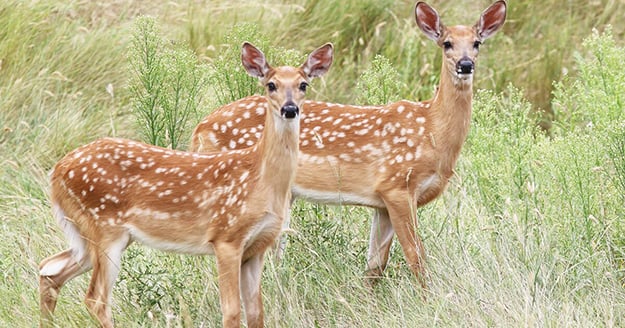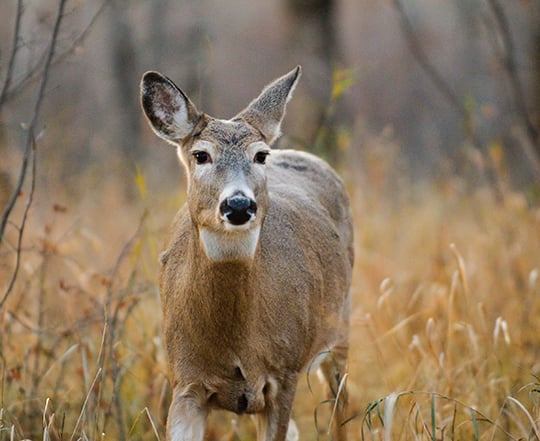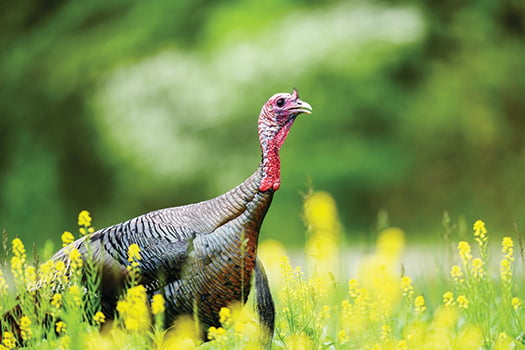Will EHD affect the Illinois deer herd in 2024? – Outdoor News

Springfield — The Illinois archery deer season is less than a month away, which means the waiting and watch has begun.
Will 2024 be an EHD year, or won’t it?
Between August and October each year – especially during hot and dry summers – landowners, hunters, and wildlife watchers are encouraged to keep an eye open for deer with signs of EHD, the acronym for Epizootic Hemorrhagic Disease.
DNR is still waiting for EHD reports for 2024 as squirrel and dove hunters spend time in the state’s woods and fields.
In 2023, EHD activity was lower than previous years, with a drop in both the number of suspected deer and counties with an observed infected deer.
The highest number of reports came from Pike and Tazewell counties.
MORE WHITETAIL COVERAGE FROM OUTDOOR NEWS:
Michigan DNR says EHD found in St. Joseph County deer, more cases expected
Curious about single-bevel broadheads? Some thoughts after four years of hunting with them
Eight things to know about bachelor groups of bucks that can help you as a hunter
A limited number of reports also came from west central and southern Illinois, resulting in a total of 18 counties, a significant drop from 22 counties in 2022.
EHD is an acute, infectious, and often fatal viral disease of some wild ruminants, including white-tailed deer. Characterized by extensive hemorrhages, this disease has been responsible for significant outbreaks in deer in the northern U.S. and southern Canada.
Signs of EHD appear about seven days after the deer has been bitten and include sluggishness, difficulty breathing, loss of appetite, salivation, and swelling of the head, neck, tongue or eyelids. Affected animals develop a fever, and typically many are found in, or adjacent to, water where they try to reduce their body temperature. Death can come quickly, from eight to 36 hours after the onset of observable signs, to some infected deer.
Other deer may die days or weeks later, and some will completely recover.
DNR notes that EHD is observed somewhere in Illinois every year, typically where receding water levels provide the muddy shoreline breeding habitat necessary for the EHD vector, a Culicoides biting gnat. EHD is transmitted when a gnat carrying the virus bites a deer.
Outbreaks tend to be localized because environmental and habitat conditions play an important role in producing the right mix of virus, high gnat populations, and susceptible deer. An insect-killing frost typically ends an EHD outbreak.
What biologists have learned in recent years is that EHD cannot be transmitted directly from deer to deer and is not considered to be hazardous to humans or pets.
The patchy annual distribution of EHD means that Illinois residents are key to tracking annual outbreaks. Illinois residents and hunters serve as DNR’s eyes and ears in monitoring the annual distribution of this disease, as well as the health of the local deer herd, DNR noted. Those wanting to report incidences of sick and dead deer can access the online “Report Sick or Dead Deer” at https://deer.wildlifeillinois.org.
Reporters will be asked to report the county, number, age, sex, and specific location of the deer.
This article originally appeared in the Outdoor Illinois Wildlife Journal.
Source: https://www.outdoornews.com/2024/09/04/will-ehd-affect-the-illinois-deer-herd-in-2024/






